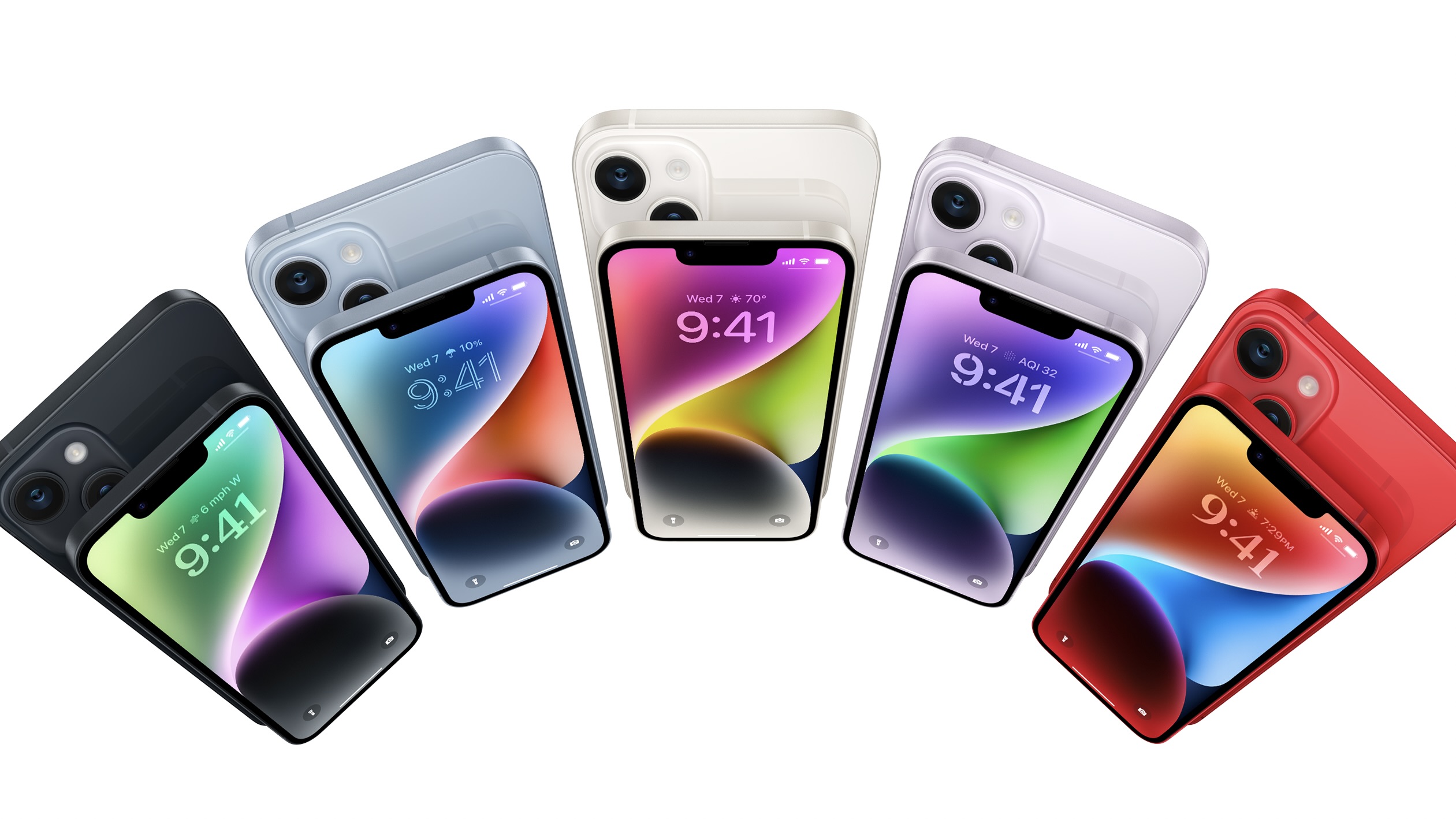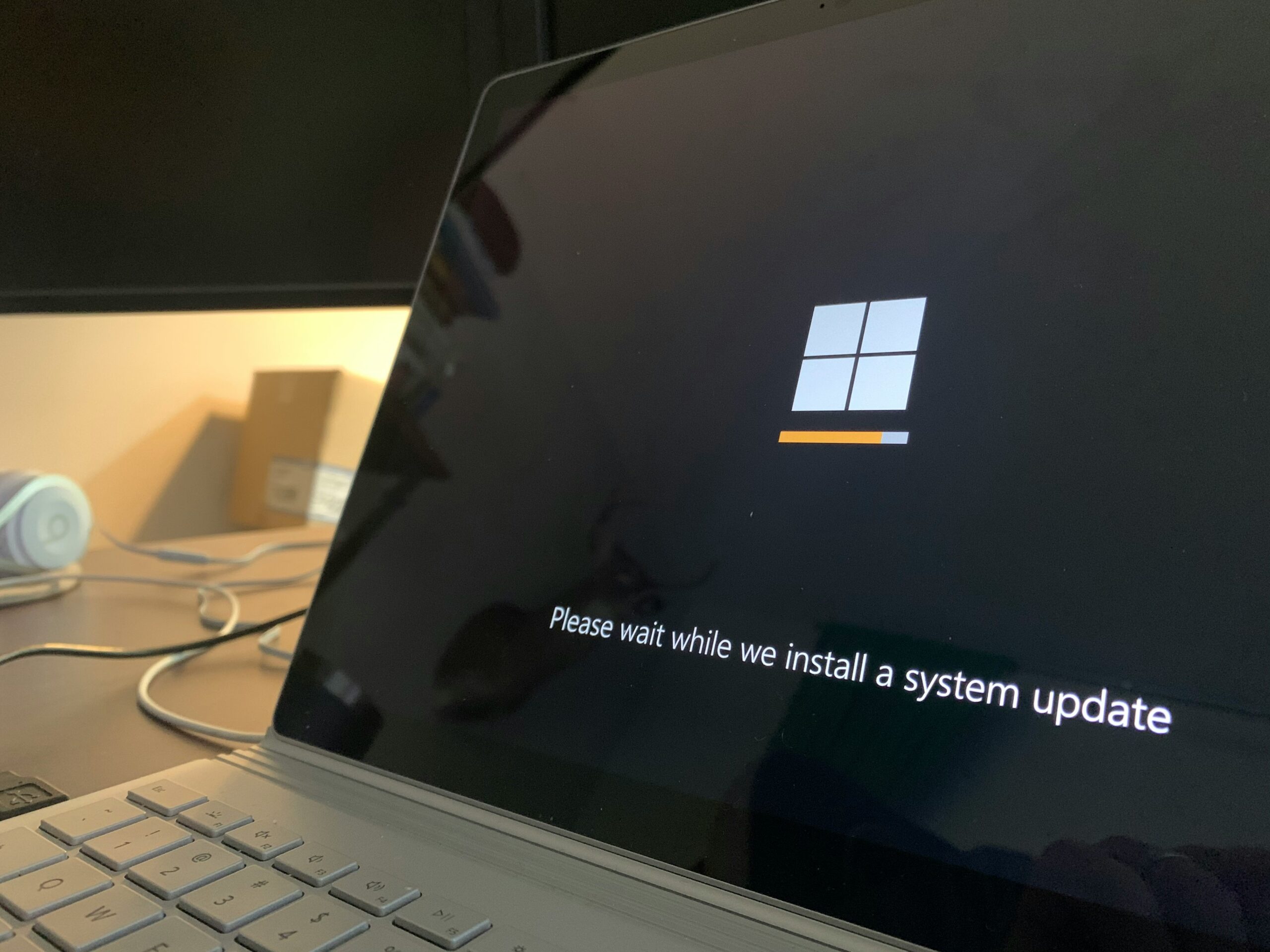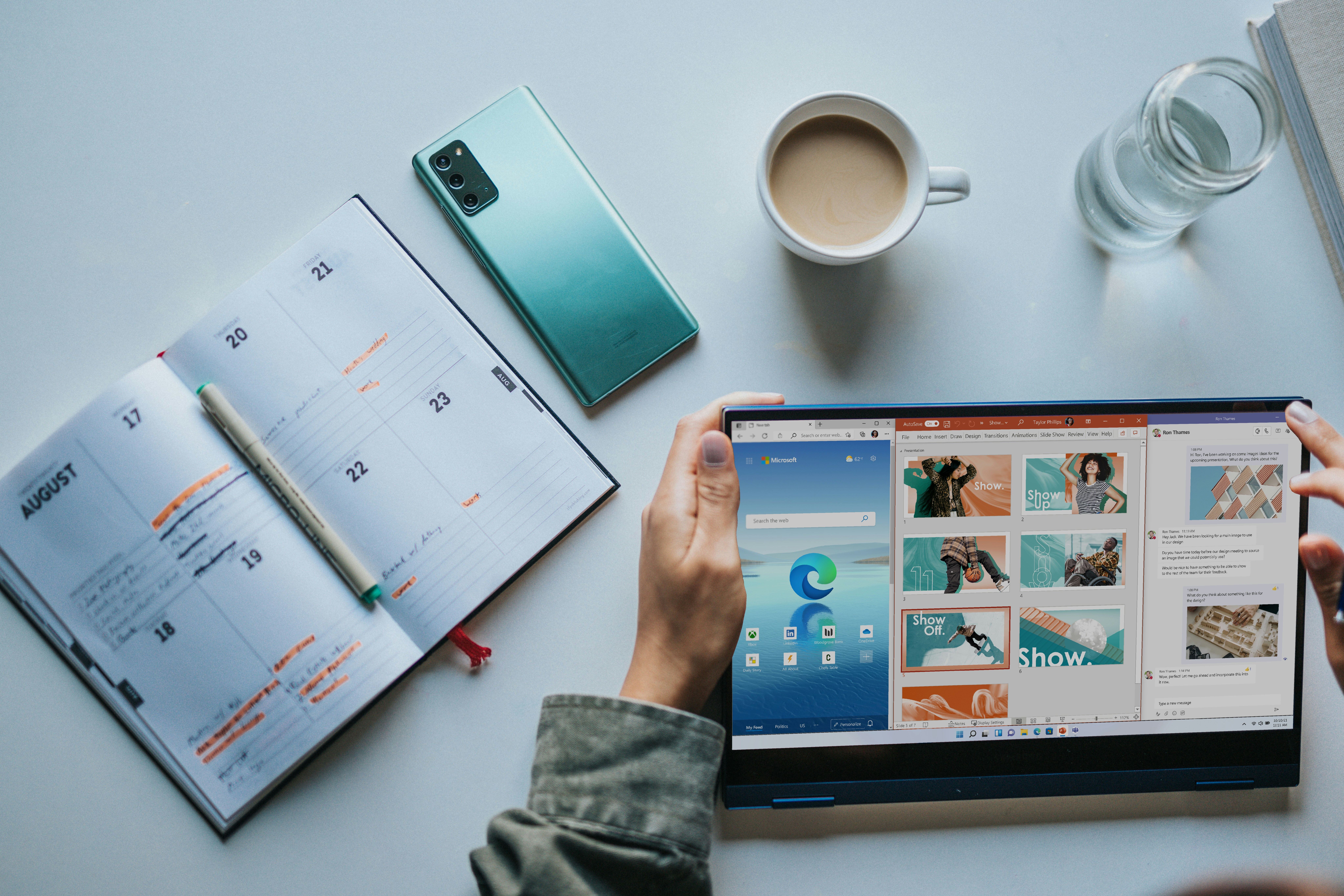The iPhone 14 Has a Fantastic Safety Feature
We tend to focus on the cybersecurity features our devices, and the devices rolling out, have to offer. However, Apple piqued our interest last week, with the unveiling of its new lines of iPhones. While the company’s new iOS 16 software features new security options for all users, the iPhone 14 packs one particular feature that is more focused on

We tend to focus on the cybersecurity features our devices, and the devices rolling out, have to offer. However, Apple piqued our interest last week, with the unveiling of its new lines of iPhones. While the company’s new iOS 16 software features new security options for all users, the iPhone 14 packs one particular feature that is more focused on safety.
With the iPhone 14, Apple has added a feature called Emergency SOS with satellite. It builds off the existing Emergency SOS feature, which aims to get you in touch with emergency services as soon as possible, as well as reach out to emergency contacts and share your location. The feature does this by, as the name implies, enabling communication via satellite.
Sometimes, you’re in a situation with poor or no cellular service. In this case, traditional calling, texting, or Emergency SOS features will not work, since no connection to the cellular network can be reached. Emergency SOS with satellite, however, allows you to communicate with the satellite flying overhead, which gives you an opportunity to reach out to contacts and emergency services even in the most remote of locations.
That’s excellent in situations where a satellite is your only connection to the outside world, but there’s traditionally a problem with that. Satellites move fast, and are finicky. You need to be pointing your device directly at them, and since you often can’t see them with the naked eye (especially during the day), you’ll never know exactly where to aim. The other issue is satellite communication, unlike cellular networks, is an extremely low bandwidth connection. That means the amount of data you’re used to sending with your smartphone, such as photos, videos, and even standard text messages, have a hard time going through.
Apple’s approach to these problems is interesting, to say the least. First, the iPhone 14 includes a program that directs you where to point the device to best communicate with the nearest satellite. Second, it uses a new compression to make messages much smaller, up to three times as small as traditional messages according to Apple. Third, it grouped together some of the most common questions emergency responders ask those in trouble, and made it easy for you to answer them quickly. Then, it ships off the whole Q&A via satellite, saving time and resources.
Apple claims this feature works best in an environment with a clear sky. With ideal conditions, you can send a message in about 15 seconds, but with “light foliage,” it takes up to a minute. It also is free, for now. Apple says the feature will be free for all iPhone 14 users for the first two years, but didn’t comment on what the service would cost after that.
Until then, every iPhone 14 owner should know about this feature. Not only could it save your life, it could also help you keep in touch with friends and family when out in the middle of nowhere.
Cover image via Apple
Share This



